
Audio Equipment EN62368 Standard Testing
Application for CE certification for ITE (Information Technology Equipment) / AV (Audio-Video) Products Requires Compliance with EN 62368 Standard
In the information age, ITE (Information Technology Equipment) and AV (Audio-Video) products are constantly evolving. To apply for CE certification, it is necessary to comply with the CE-LVD directive, the CE-EMC directive, and the CE-RED directive.
What is the EN62368 Standard?
Before the introduction of EN62368, the standards for CE certification of IT and audio-video equipment were different:
- ITE (Information Technology Equipment) had to comply with the EN60950 standard.
- AV (Audio-Video) had to comply with the EN60065 standard.
The EN62368 standard fully replaced the EN60950 and EN60065 standards on December 20, 2020. The EN62368 standard is the European version of the International Electrotechnical Commission (IEC) standard IEC62368-1. It is widely used within Europe for the safety assessment and testing of information technology and audio-video equipment. The purpose of this standard is to ensure that these devices do not pose a hazard to users, maintenance personnel, or the environment during normal use.
What is the Scope of the EN62368 Standard?
The EN62368 standard applies to various information technology and audio-video devices such as computers, printers, network devices, televisions, audio systems, headphones, and more. This standard covers the design, construction, and material requirements of these devices to ensure their safety during normal use.
What is the Basis of the EN62368 Standard?
Unlike previous incident-based standards, EN62368 is a hazard-based standard. The Hazard-Based Safety Engineering (HBSE) approach is based on the following principle: safety does not depend on the product but on the energy within the device. When applying the standard to a single product, manufacturers or certifiers do not need to conduct a risk analysis. Instead, they take a proactive approach by identifying hazardous energy sources and testing the effectiveness of their protective measures. This allows manufacturers more flexibility in deciding how to design protective measures for their products and is better suited for introducing new technologies and products. As the scope of the standard expands, it covers a broader range of products than before, including all products formerly covered by EN60950 and EN60065.
What are the Main Tests and Requirements of EN62368?
1. Electrical Safety: Evaluates the electrical safety of the equipment, including insulation, grounding, and the safety of electrical circuits. This is crucial to ensure the device does not pose a risk of electric shock or fire during use.
2. Mechanical Safety: Assesses the mechanical construction of the equipment to ensure it does not cause mechanical injury under normal use conditions. This includes the device's casing, moving parts, switches, etc.
3. Thermal Safety: Tests whether the equipment generates excessive heat during normal use to prevent heat from causing fires or other hazards.
4. Radiation and Electromagnetic Compatibility: Evaluates whether the equipment meets radiation and electromagnetic compatibility requirements to prevent interference with other devices or communication systems.
5. Labels and Instructions: Requires that necessary safety information and usage instructions be marked on the equipment to help users use the device correctly and safely.
By completing the tests specified in the EN62368 standard and ensuring that the equipment meets all electrical and mechanical safety requirements, manufacturers can obtain CE certification. This indicates that their audio-video equipment complies with electrical and mechanical safety standards and can be sold in the European market.
Email:hello@jjrlab.com
Write your message here and send it to us
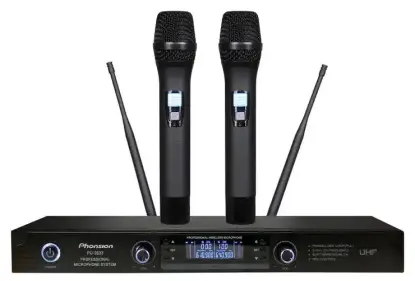 Wireless Microphone Export Certification
Wireless Microphone Export Certification
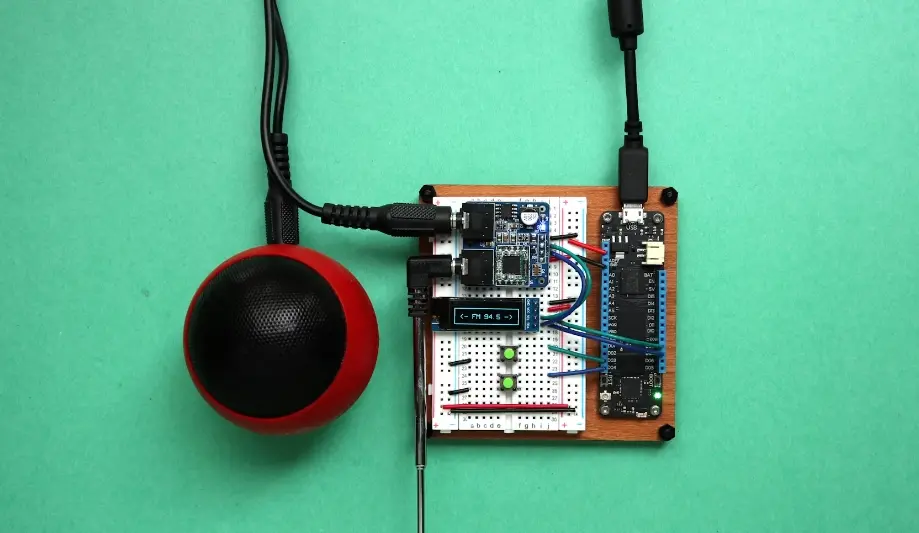 Audio-Visual Products SNI Certification in Indones
Audio-Visual Products SNI Certification in Indones
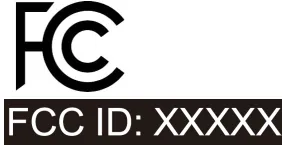 FCC-ID: Still Needed if Module is Certified?
FCC-ID: Still Needed if Module is Certified?
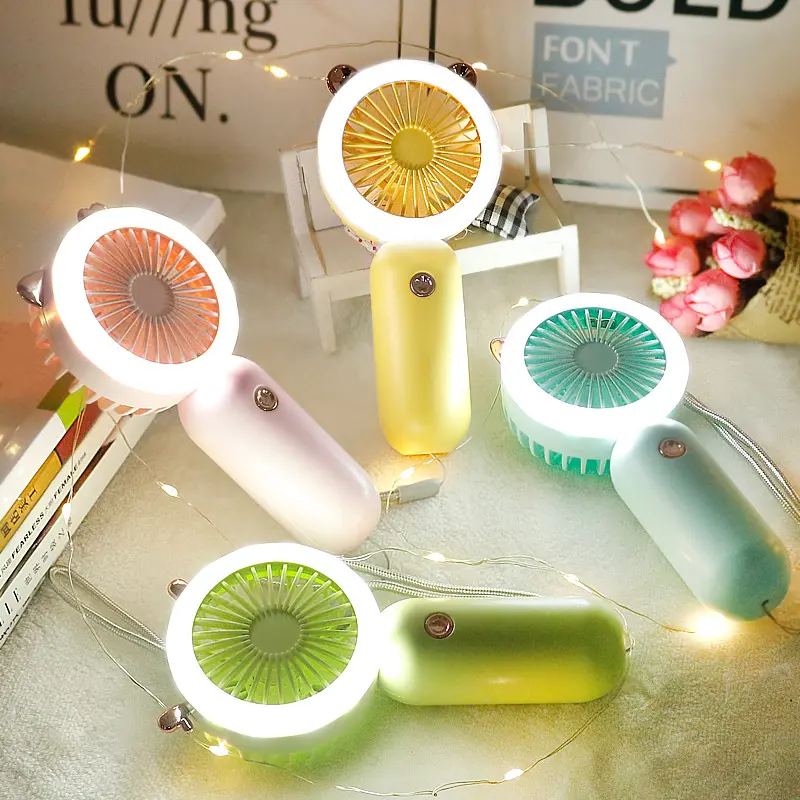 FCC Certification Fees for Handheld Fans
FCC Certification Fees for Handheld Fans
 FCC Certification Testing for Smart Lighting Produ
FCC Certification Testing for Smart Lighting Produ
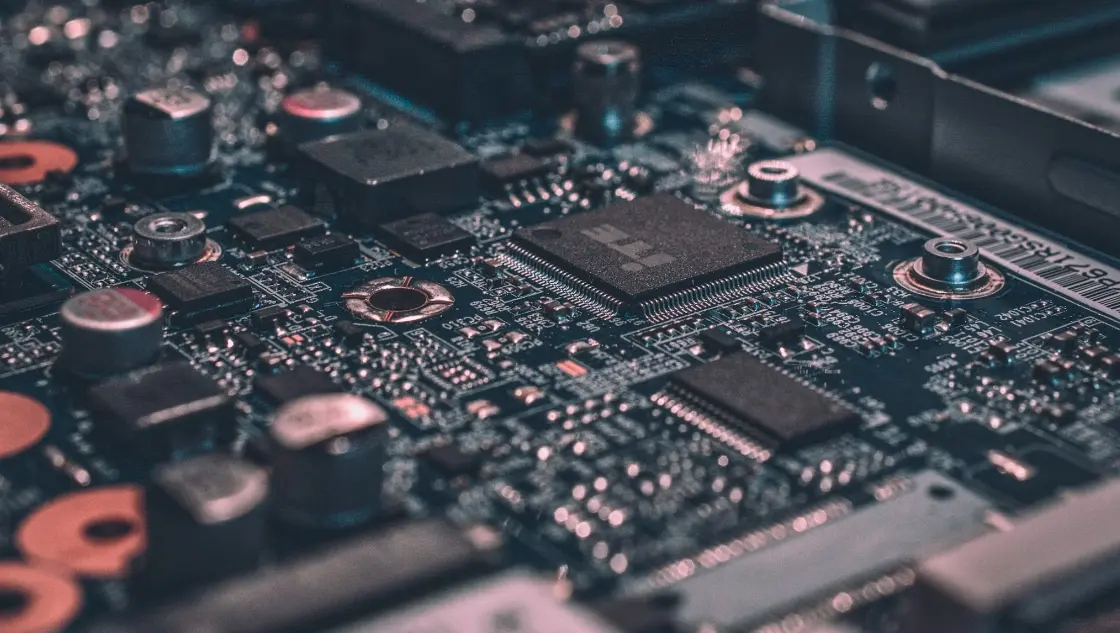 What is the ETSI EN 303 645 Testing Standard?
What is the ETSI EN 303 645 Testing Standard?
 UL Compliance and ETL Certification for LED Lighti
UL Compliance and ETL Certification for LED Lighti
 What is the IEC 60598 Standard?
What is the IEC 60598 Standard?
Leave us a message
24-hour online customer service at any time to respond, so that you worry!




